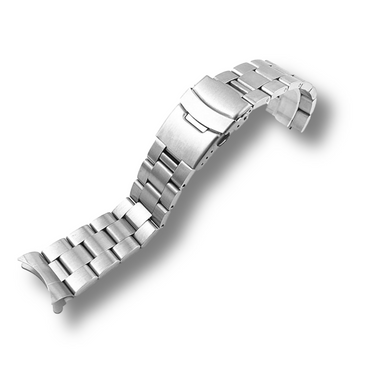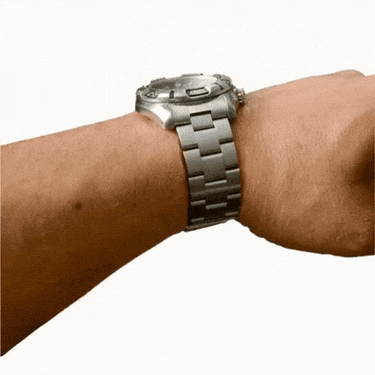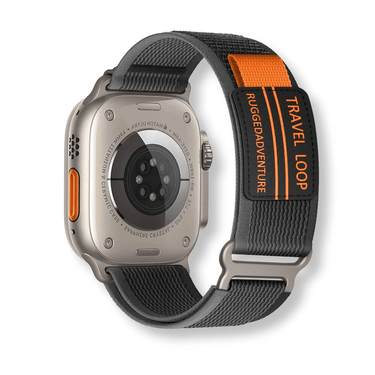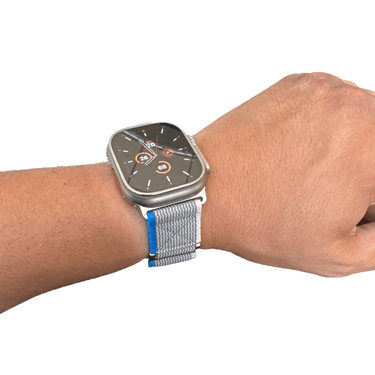Automatic watches are a marvel of modern engineering, but they come with an essential caveat; they require constant movement to stay wound. This movement ensures that the internal mechanisms remain lubricated and keep accurate time.
However, if you don't wear your automatic watch every day, it will eventually stop working and need to get manually wound. That's where watch winders come in: they ensure your timepiece gets the movement it needs to keep ticking.
But here's the kicker: not all watch winders are created equal. There's an entire science behind their movements, and understanding this science is crucial to ensuring that your automatic watch keeps running smoothly for years to come.
The Importance of Understanding Watch Winder Movements
If you're a connoisseur of fine timepieces, then you know how much care goes into maintaining them. You clean them regularly, store them correctly, and get them serviced by a professional watchmaker when necessary.
But what about your watch winder? Do you know how it works?
Does it rotate in the proper direction? Are the rotations too fast or too slow?
If you can't answer these questions confidently, then you're doing a disservice to your automatic watch - one that could lead to costly damage or even render it unusable. Understanding the movements of your watch winder is just as important as knowing how often to service your timepiece or how many turns per day it needs.
The Basics of Watch Winder Movements
So what exactly are "watch winder movements"? In a nutshell, they're what make the winder turn and rotate your automatic watch so that its internal mechanisms stay lubricated and accurate.
There are several types of winding mechanisms available on the market today. Some use oscillating movements (back-and-forth motions), while others use rotating movements (in circles).
Then there are the combination movements that use both oscillating and rotating motions. Each type of movement affects the winding process differently, and some watch winders can even switch between multiple movements to cater to different watch brands.
Ultimately, no matter what kind of movement your watch winder uses, understanding how it works is critical in ensuring that your automatic watch stays wound and accurate. In the next section, we'll dive deeper into why rotation direction matters when it comes to watch winders.
The Basics of Watch Winder Movements
As a watch enthusiast, understanding the basics of watch winder movements is paramount. A watch winder movement is the mechanism that powers and controls the rotation of your automatic watch while it's not being worn. It simulates your wrist’s natural motion to keep your timepiece wound and running accurately.
There are three main types of watch winder movements: oscillating, rotating, and combination movements. The oscillating movement is the most basic type of movement found in most entry-level winders.
This movement rocks back and forth to mimic the natural motion of your wrist. However, this can lead to uneven wear on the watch's mainspring and cause inaccuracies in timekeeping.
The rotating movement is a step up from oscillating winders as it rotates the watches 360 degrees in a circular motion. This type of winder creates a more uniform winding experience, optimizing your timepiece’s accuracy.
However, keep in mind that some watches require specific rotation directions for optimal performance. Combination movements offer both oscillating and rotating motions for maximum efficiency while accommodating various automatic watches' specific requirements.
How each type of movement affects the winding process?
The type of winding mechanism you choose for your automatic watch will impact its accuracy over time. For instance, an oscillating winder could potentially damage your expensive luxury automatic watches if not used properly due to uneven stress on some parts like mainspring barrel or balance wheel hairspring causing inaccuracies or even stoppage.
On the other hand, a rotating or combination movement offers more consistent winding power distribution across all parts involved in keeping accurate timing without causing damage over long-term usage. In my opinion, I would recommend investing in at least a rotating or combination winder to ensure proper care and maintenance for any automatic watches you own now or plan on owning soon.
Understanding what type of watch winder movement you need is crucial to keep your automatic watches running accurately and without damage. While oscillating winders are the most commonly found in the market, for peace of mind, it's best to invest in a rotating or combined mechanism that ensures precision winding while avoiding any unnecessary wear and tear on your timepiece.
The Importance of Rotation Direction
Unleashing the Secrets of Watch Winder Movements
When it comes to automatic watches, the type of watch winder movement and rotation direction are critical factors that require careful consideration. Rotation direction is especially important, as it affects how your watch functions and maintains its accuracy over time. Choosing the wrong rotation direction can lead to damage and complications that can cost you a lot of money in repairs.
Clockwise vs Counterclockwise: The Battle for Dominance
Clockwise and counterclockwise rotations have distinct effects on how your timepiece functions. A clockwise rotation ensures optimal winding for most automatic watches, as most movements are designed to rotate in this direction. On the other hand, counterclockwise rotations are less common but still play an essential role in winding for some watches.
Furthermore, some watch winders offer bi-directional rotation capabilities that allow you to alternate between clockwise and counterclockwise rotations periodically. This mechanism optimizes winding efficiency by ensuring both sides of the rotor receive equal amounts of energy.
When Improper Rotation Direction Leads to Damage
Improper rotation direction can damage your watch in various ways. For instance, if you expose your watch to constant counterclockwise rotations when it's not designed for such movements, it could cause excessive wear on its rotor bearings or even affect its magnetic patterns negatively.
Another potential issue that could arise from improper rotation is a loss of accuracy. Automatic watches rely on precise movement patterns to maintain their accuracy over time; any interference with these patterns could lead to significant deviations from the correct timekeeping.
When choosing a watch winder movement, ensure you select one that matches your automatic watch's specifications perfectly. Remember always to rotate in the right direction; otherwise, you risk damaging your beloved timepiece unnecessarily.
Magnetic Induction Technology: The Future of Watch Winder Movements
Gone are the days of noisy and clunky watch winder movements that create unnecessary vibrations. With magnetic induction technology, you can now wind your automatic watch with class and style. This advancement in watch winder movements has completely revolutionized the way we think about maintaining our timepieces.
However, as with all new technologies, magnetic induction watch winders come at a premium price. While they offer an unparalleled level of precision and sophistication, they are only found in high-end luxury watch winders.
But for those who are serious about their automatic watches and want the best possible maintenance for them, this technology is an investment that will pay off in the long run. In addition to being quieter and smoother than traditional watch winder movements, magnetic induction technology also offers a more efficient winding process.
By using magnetic fields to induce current in a coil within the rotor of the movement, these types of watch winders generate less heat when compared to other types of motors. This means that your timepiece will not only be wound accurately but will also experience less wear and tear over time.
Customize Your Winding Experience with Programmable Settings
For avid collectors with multiple automatic watches, programmable settings allow for an unparalleled level of convenience and customization when it comes to winding their timepieces. With varying settings available that allow you to customize rotation speed, direction, and frequency based on your specific watch's needs, you can ensure that each one is being properly cared for.
But programmable settings aren't just convenient for collectors; they're useful for anyone who wants to maintain their automatic watches without having to constantly adjust settings manually every time they switch watches. With programmable settings available on many different types of watch winders at varying price points, it's easy to find one that fits both your needs and budget.
A Better Future for Watch Winder Movements
As we continue to see advancements in watch winder technology, it's clear that the future is bright for these essential timepiece accessories. From magnetic induction technology to programmable settings, there are now more options available than ever before when it comes to maintaining your automatic watches.
While some may argue that traditional watch winder movements are still just as effective, it's important to remember that innovation drives progress. By embracing new technologies and exploring different types of watch winder movements, we can ensure that our timepieces will be cared for in the best possible way.
So why not invest in a state-of-the-art magnetic induction watch winder or a customizable programmable setting model? Your automatic watches deserve the best, and with these advancements in watch winder technology, you can give them just that.

























